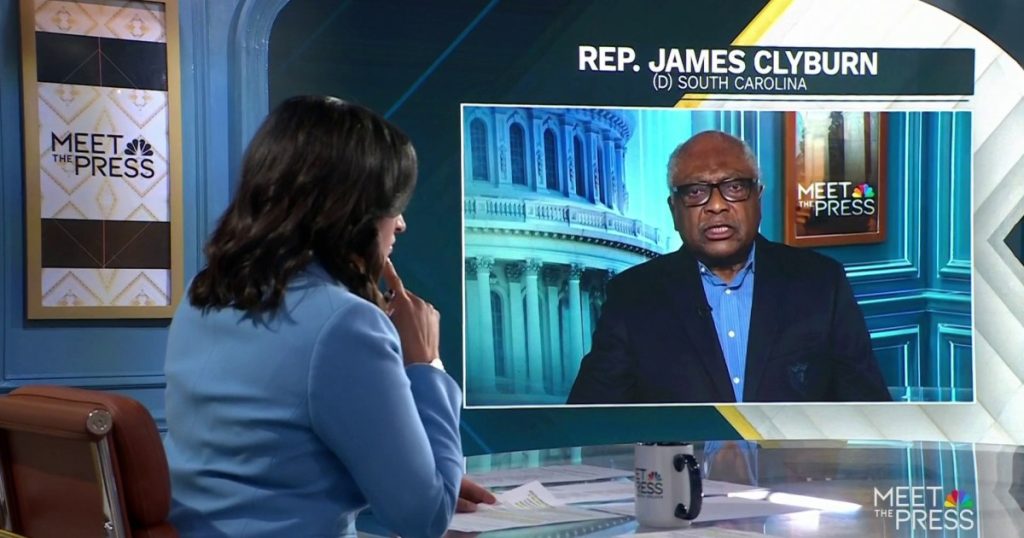The content discusses the impact of social media on society and individuals. The first paragraph introduces the rise of social media platforms and their ubiquitous presence in modern society. It highlights how social media has transformed communication, relationships, and behavior, leading to both positive and negative consequences. The paragraph emphasizes the growing influence of social media on shaping public opinion, behaviors, and attitudes.
In the second paragraph, the content delves into the positive aspects of social media, such as facilitating connectivity, promoting awareness, and empowering individuals. It discusses how social media has enabled people to stay in touch with friends and family, share important information, and amplify their voices on various issues. The paragraph also touches upon how businesses and organizations leverage social media for marketing, customer engagement, and brand building.
The third paragraph explores the negative impacts of social media on society and individuals, such as addiction, mental health issues, and misinformation. It delves into how excessive use of social media can lead to addiction, isolation, and feelings of inadequacy. The paragraph also discusses the spread of fake news and misinformation on social media, which can have far-reaching consequences on public discourse and democratic processes.
The fourth paragraph delves into the influence of social media on self-image, self-esteem, and mental health. It discusses how platforms like Instagram and Facebook can perpetuate unrealistic beauty standards, leading to body image issues and low self-esteem among users. The content also touches upon the link between social media usage and feelings of loneliness, anxiety, and depression, especially among younger demographics.
The fifth paragraph examines the role of social media in shaping political beliefs, behaviors, and elections. It highlights how social media platforms have been used to spread propaganda, disinformation, and polarizing content, influencing public opinions and electoral outcomes. The paragraph also discusses the implications of algorithms, filter bubbles, and echo chambers on reinforcing existing biases and limiting exposure to diverse perspectives.
The final paragraph concludes by calling for more awareness, regulation, and responsible use of social media. It emphasizes the need for individuals to critically evaluate the information they consume, actively manage their social media usage, and engage in respectful online interactions. The paragraph also highlights the role of policymakers, tech companies, and educators in addressing the complex challenges posed by social media and ensuring a more informed, ethical, and inclusive digital environment.


